A Guide to Playhouse Plans
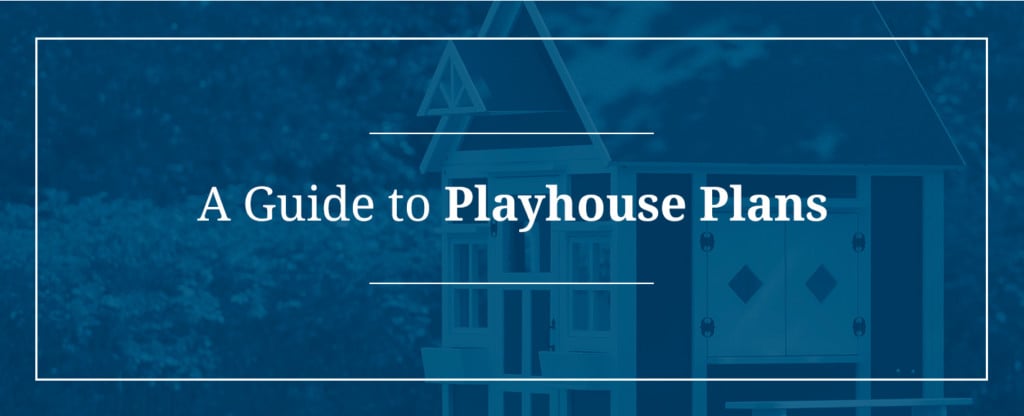
Building a playhouse for your kids can work wonders for spurring their imagination and creativity. Playhouses are fun and exciting to play in, and they’re also great to look at because they complement the overall look of the home. To achieve your objectives in building this structure, you need to invest in the right playhouse plan.
Playhouse plans come in various shapes, styles and designs, and they’re usually made from wood for safety purposes. What’s more amazing is that you can build these houses on your own as a DIY project.
Maybe your child has been begging for a playhouse. Maybe you’re looking for ways to encourage them to get outside and be active. Or maybe you’re in the market for a unique and memorable birthday or holiday gift your child won’t soon forget.
Whatever your reason to build, playhouses make the perfect backyard addition. And we’ve got you covered. These simple, fun structures hold a unique place in our hearts. And Family Home Plans is excited to offer a wide variety of creative, engaging playhouse plans sure to please children of all ages.
5 Benefits of Playhouses
Most parents would probably agree that their child would enjoy having a playhouse. But there’s more to a backyard playhouse than just fun. Playhouses encourage several physical and emotional benefits for children, including:
1. Outdoor Play
Incorporating a playhouse into the landscape of your backyard also encourages outdoor play, which is well-known to have essential benefits to children as they grow and develop. Among the many benefits, time outdoors has been shown to reduce the chances of getting sick, reduce anxiety and reduce the risk of childhood obesity. If you have a child who is reluctant to unplug their devices and head outdoors, giving them their own space just might be the encouragement they need to get up and go!
2. Imaginative Play
When children have the space to play imaginative games or make-believe, they exercise their minds and develop their understanding of the world around them. Children work out their own thoughts, opinions and experiences through imaginative play, and a playhouse is a great way to set the stage for their creativity. Incorporating some basic furniture or a kitchen set, a school set up or even a small office can be a great way to encourage your child to enact the day-to-day tasks they see adults performing and learn more about their own interests and abilities. You can also tailor the playhouse to your child’s interests. You could build a wonderland playhouse with an arbor, incorporate a movie set or a train display or add any other unique details to spark their imagination.
3. Independent Play
Independent play — play without parental involvement — is important for children to grow and develop. When children are encouraged to play without their parent’s guidance, they can practice problem-solving and decision-making, two important skills they’ll need for the rest of their lives. Child-directed play also gives children a chance to relax and simply do whatever comes to mind.
The great thing about a playhouse is that it gives children a place to play on their own and develop a sense of autonomy without ever leaving the safety of their backyard. Parents can have peace of mind knowing their child is engaged and safe, and children can enjoy some time away from the “rules” and structure of the main house by making the space their own. You can even encourage them to set their own playhouse rules — within reason — or use their own abilities to decorate the playhouse any way they choose.
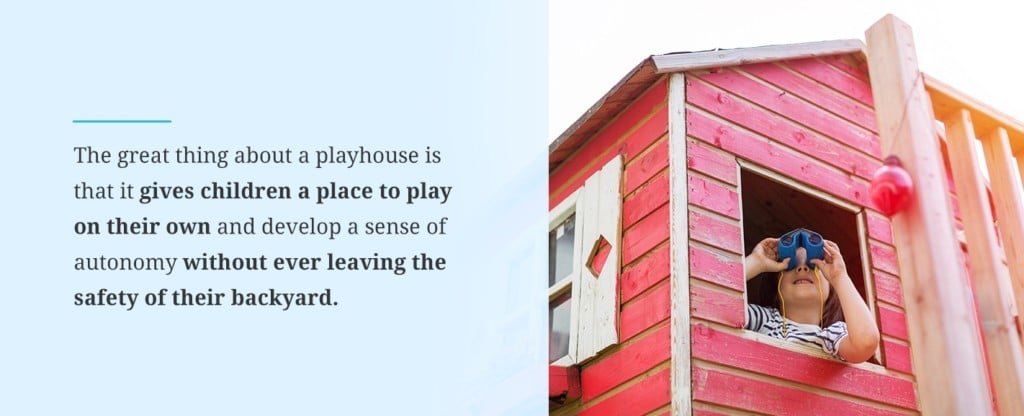
4. Socialization
Although independent play means to play without parents, it doesn’t always mean solo play. A playhouse provides a great place for children and their friends to gather to play games, talk about life and explore the world around them. When children play together, they practice cooperation, taking turns, problem-solving and social skills. They learn how to treat other people, and they learn how to stand up for themselves when someone else doesn’t treat them fairly. Children can engage in this type of play in various settings, but a playhouse gives kids a consistent place to gather with their friends, and they can socialize without having to go anywhere.
5. Autonomy
All of the things listed above are important benefits of playhouses. And they all combine to create a strong sense of autonomy in a child. Playhouses give children a place to call their own — they call the shots, they make the rules, and they say what goes. It gives them a safe space to think, create and imagine what life could be like. It gives them a place to spend a memorable time with friends or read a book alone. Somewhere along the way, these experiences help children develop a clear picture of who they are and how they view the world. As they grow, this sense of self and the confidence it provides will positively impact grades, relationships and, eventually, their career.
Common Features of Playhouses
A playhouse is exactly what it sounds like — a house designed for children to play in. But what exactly do we mean by “play”? And what are some of the common features you’ll find in a child’s playhouse?
Play involves activity, creativity and imagination. Play is the way children explore the world around them, engage with their peers and develop a sense of their own autonomy. Sometimes play involves lots of movement, such as when children engage in games of tag or hide-and-seek. Other times, play may be more low-key — for example, when children play “school” or “doctor” or most board games.
Children can engage in play on their own or with others, depending on the activity, their mood or the proximity of other children. In some cases, play can also be therapeutic, providing children with a means to work through feelings and emotions, as well as reduce stress.
So how does that definition impact how a playhouse is built?
Simply put — a playhouse should be built to enable a child to engage in any or all of these aspects of play. Although they’ll vary in design and detail, all playhouses should feature:
1. Weatherproof Materials
When you think about a backyard playhouse, you probably picture a wooden playhouse. This is because wood is the best — and most common — material used to build an outdoor playhouse. Because playhouses are typically outside, they need to be constructed from a material that can withstand sun, moisture and extreme temperatures. Typically, this means they’re constructed from wood, although you might consider incorporating plastic or vinyl elements when appropriate. You’ll also want to select paint and decorative items that can stand up to moisture and the climate in your region.
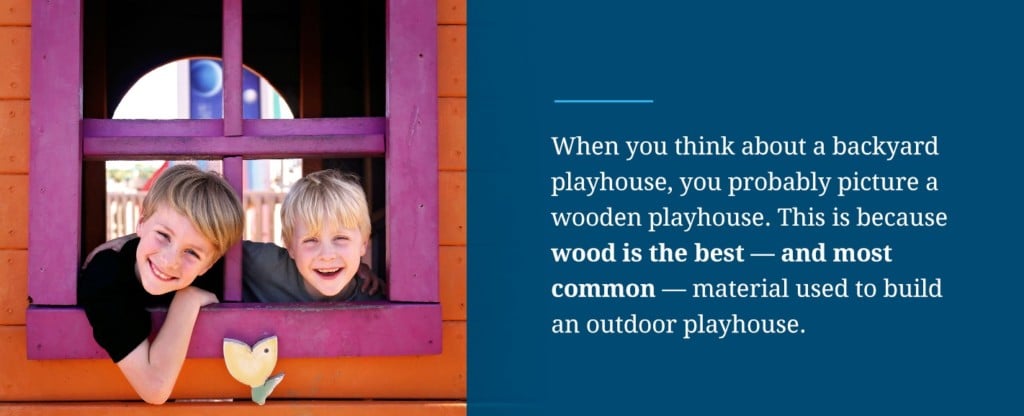
2. Engaging Accessories and Features
Our kids’ playhouse plans incorporate real-life architectural features, such as front porches and window boxes for flowers. They can be designed with Dutch doors that allow more air to flow into the space and ladder access, such as you’d find in our Watchtower Playhouse plans. You might even consider an option for swing set plans that ties into the playhouse. We love backyard playground plans because they incorporate the best of both worlds — playground equipment and a playhouse. Working windows and faux chimneys are also available in certain designs to give your child’s space an entirely lifelike appearance. Many of these features are included in the plans you purchase from Family Home Plans, but you can also incorporate additional details based on your child’s preferences.
3. Child-Sized Fun
Even with their lifelike features, a children’s playhouse is scaled to their size and abilities. When children have access to child-sized features, it encourages creative and independent play. It gives them a sense of ownership and belonging. And, best of all, they can play independently and still be under adult supervision.
We’ve often heard parents say they don’t have room in their backyard for a playhouse, which is why we also offer plans for a storage shed with playhouse loft. This option offers adult-sized storage underneath, with a child-sized place for adventure over the top. We also offer plans for the kids’ basement playroom, which is a great way to improve your home’s storage while giving your child a fun space all their own.
3 Example Playhouse Plans
If you’re in the market for playhouse plans, Family Home Plans has many unique and simple designs to choose from. We’re proud to provide a variety of options, but we know that sometimes options can be overwhelming. As you’re sorting through our plans, it’s important to select a plan you feel confident you can build. It’s also important to make sure that it’s within your budget. Some plans do require more materials than others, so if the cost is a consideration, you’ll want to know upfront what you’ll spend to build it.
If you’re still looking for some help narrowing it down, check out some of our current favorite playhouse plans.
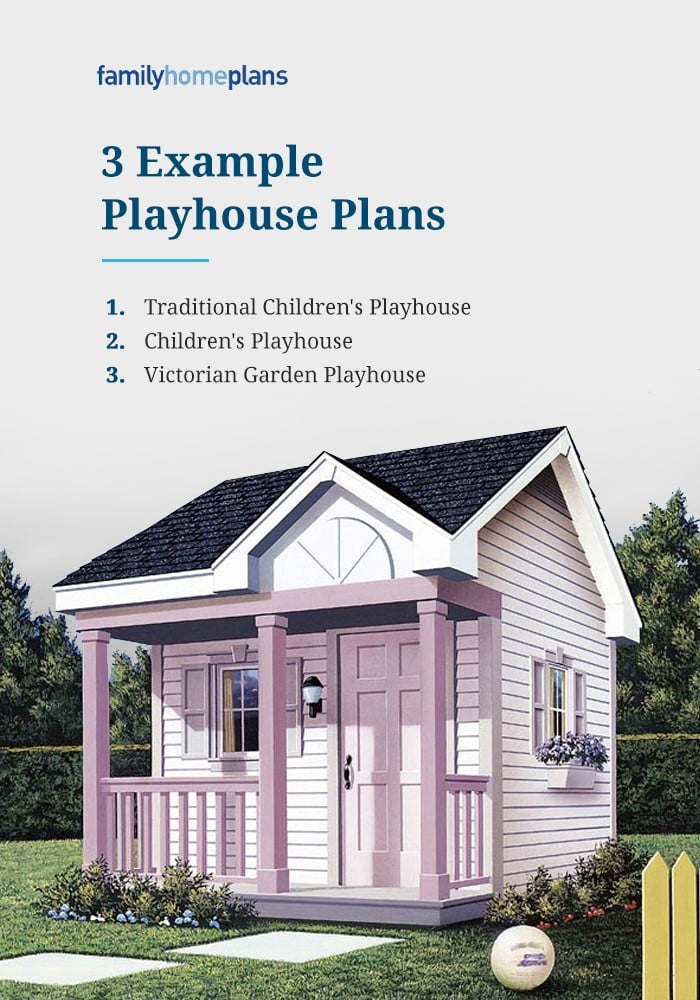
1. Traditional Children’s Playhouse
The Traditional Children’s Playhouse design is everything you think of when you picture a child’s playhouse. Complete with a functional Dutch door and operable shutters, the plans come with complete guides for framing, a rafter-cutting template, 3-D cutaway drawings and instructions for the Dutch door construction. Once you’ve finished the building process, you can paint and decorate this house according to your child’s tastes and preferences.
2. Children’s Playhouse
Our Children’s Playhouse design gives your child a 2-foot front porch for some additional outdoor space, as well as operable windows and flower boxes for additional detail. Plans include step-by-step instructions and a complete materials list. This adorable playhouse looks so lifelike that your neighbors might think your child has moved into the backyard!
3. Victorian Garden Playhouse
If you’re looking for a way to really spoil the princess in your life, then the Victorian Garden Playhouse is a perfect choice! Designed with functional windows, a wide front porch, window boxes and 9-foot ceilings for those times when the kids ask Mom or Dad to visit, this playhouse is the ultimate in backyard fun and adventure. Plans include a construction diagram, materials list and a photograph of the finished product.
Playhouse FAQ
If you’re considering purchasing plans to build your own playhouse, you may have some questions about how it’s going to work. Our customers often ask us some of the same questions you have, so we’ve compiled this list of FAQs to help you prepare for building the world’s greatest playhouse.
1. Is Building an Outdoor Playhouse Hard?
No, building a playhouse isn’t hard!
A playhouse doesn’t require the same detail as a real house — and it’s much smaller! If you can swing a hammer and read directions, then you are perfectly capable of building a playhouse. You won’t need to install plumbing or electrical, so there’s no digging or permits involved either.
When you purchase a plan from Family Home Plans, it comes with a detailed materials list and step-by-step instructions to guide you through the entire process. Some plans even come with a photograph of what you can expect the finished product to look like. If you follow the instructions, you’ll end up with a beautiful playhouse — and a very happy child.
2. How Do You Make a Simple Playhouse?
Each playhouse comes with its own instructions and specs, but the process is similar for each. You’ll start by framing the floors, walls and ceiling. Then, you’ll finish the walls, attach window trim and sheathing for the roof, then paint and add on any details you’ve selected, such as window boxes or a porch.
If this is the first time you’ve built something, you can select a plan that is simpler in design. If carpentry is a hobby you’ve been cultivating for years, then you might be ready to take on a more involved playhouse build.
3. What Should You Put in Your Child’s Playhouse?
Once the walls, floor and ceiling are in place, the rest is up to you. The fun part is deciding on what details you want to add. You can choose a plan that incorporates decorative elements like a porch or window boxes. You can build or purchase simple furniture to go inside. You can paint the walls fun colors or enlist your child to help create a mural for their space. If your playhouse is built in a tree or on a platform, you can also consider adding a ladder or swing to the structure for extra fun and play.
4. How Many Different Kinds of Playhouses Are There?
Family Home Plans offers more than 20 different playhouse plans, from the traditional storybook playhouse to the more modern cottage-shed playhouse. But with all of the ways you can personalize and add to each design, there are really more combinations and types of playhouses than we can even count. If you can dream it, our plans can help you build it. In fact, we encourage you to personalize the design to your child. Think about the details that will really get them excited — paint colors, furniture, accessories — and add those to make it uniquely theirs.
Build a Playhouse With Family Home Plans
Building a playhouse for your child doesn’t have to be difficult or complicated. With the right plan from Family Home Plans, you can build a playhouse and have your child playing with just a little bit of sweat and elbow grease. Our experienced sales team can help you select the plan that fits your abilities — and your budget.
When you purchase a plan through Family Home Plans, you’re purchasing from a company that’s been creating and selling home plans for more than a century. We love knowing that we’ve helped generations of families select and build homes — and playhouses — that provide them with decades of sweet memories. And we want to continue that tradition with your family too.
Ready to start building?
Let us guide you through the selection process. Browse our playhouse plans online and order from the convenience of your home.
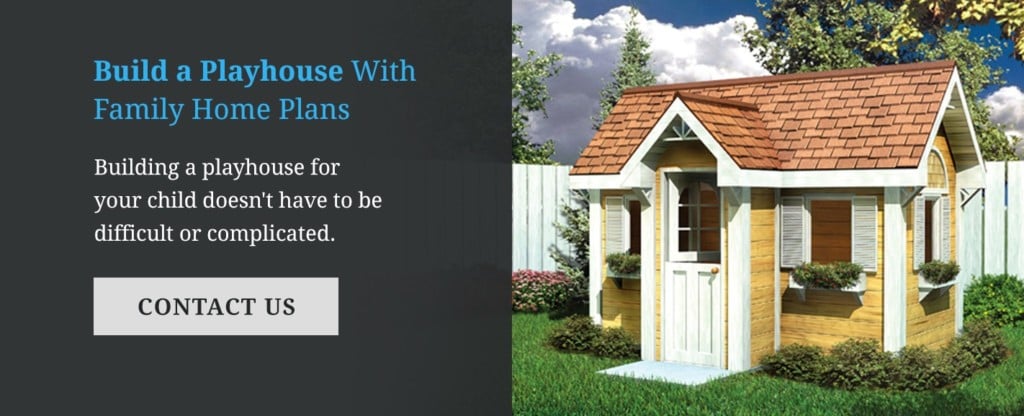

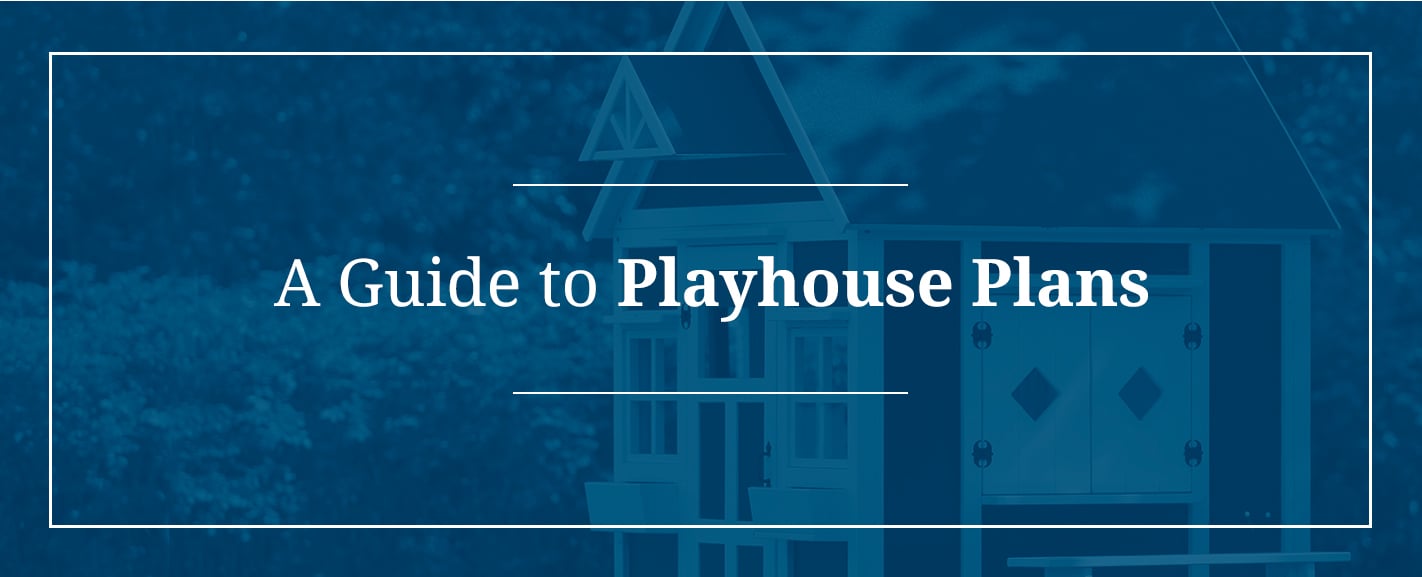


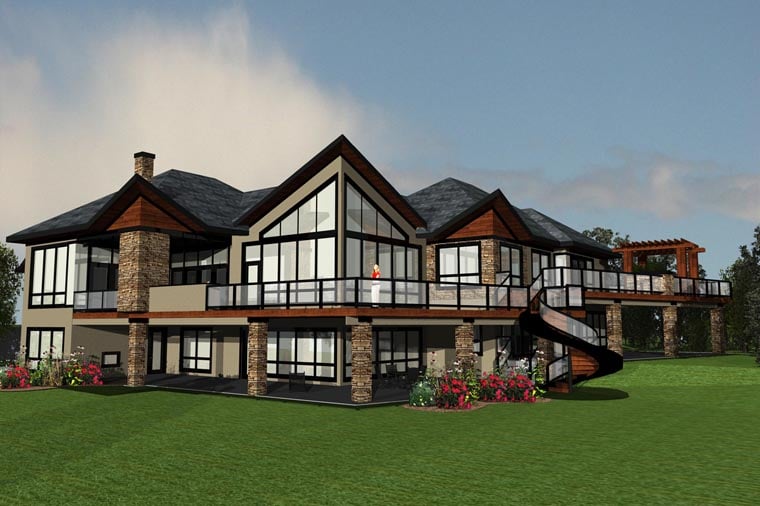
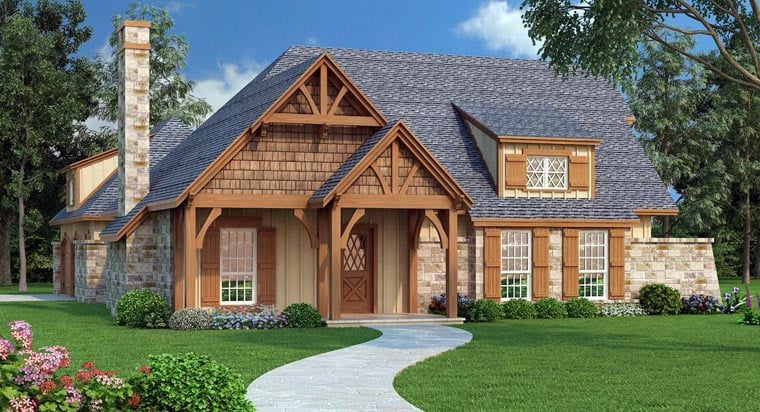
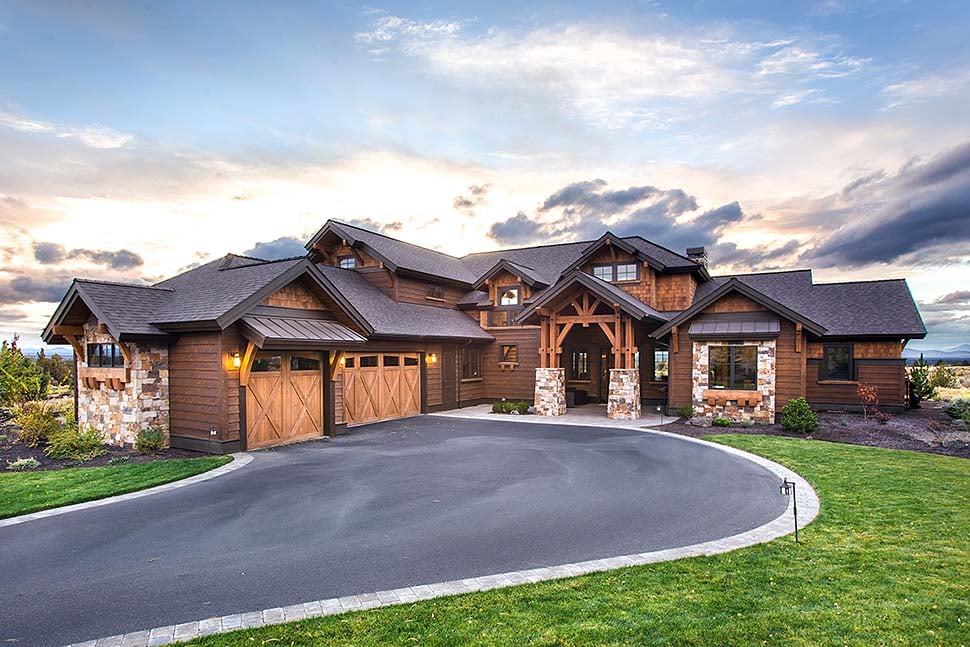
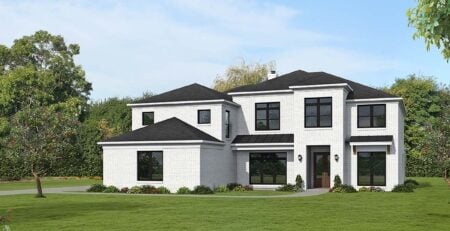
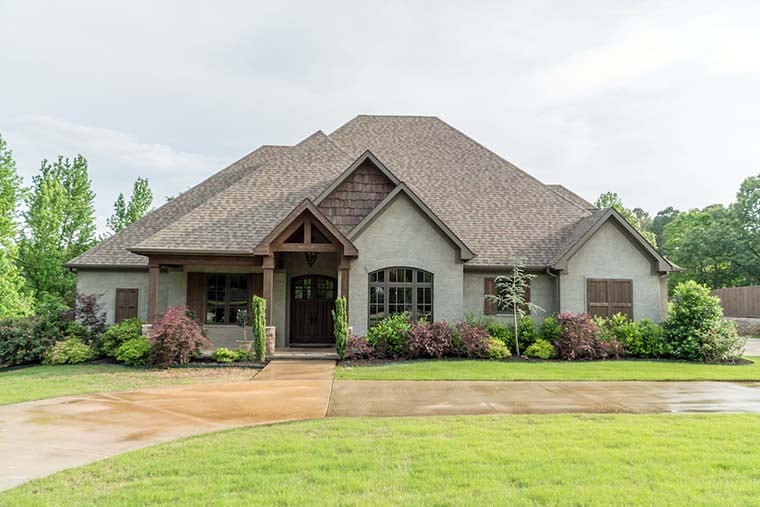
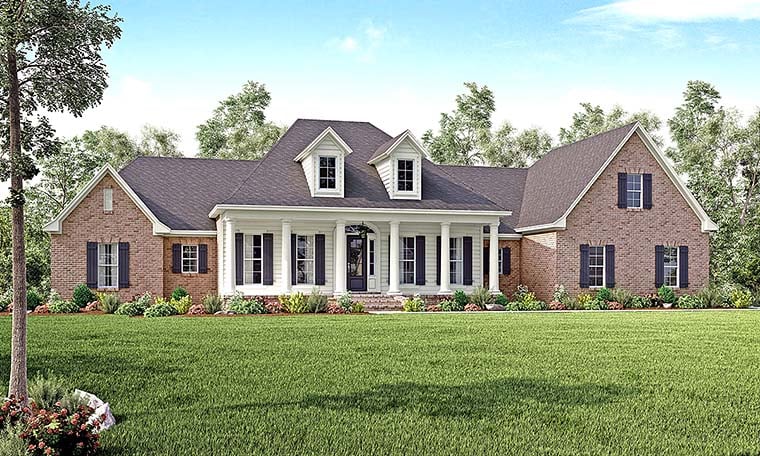
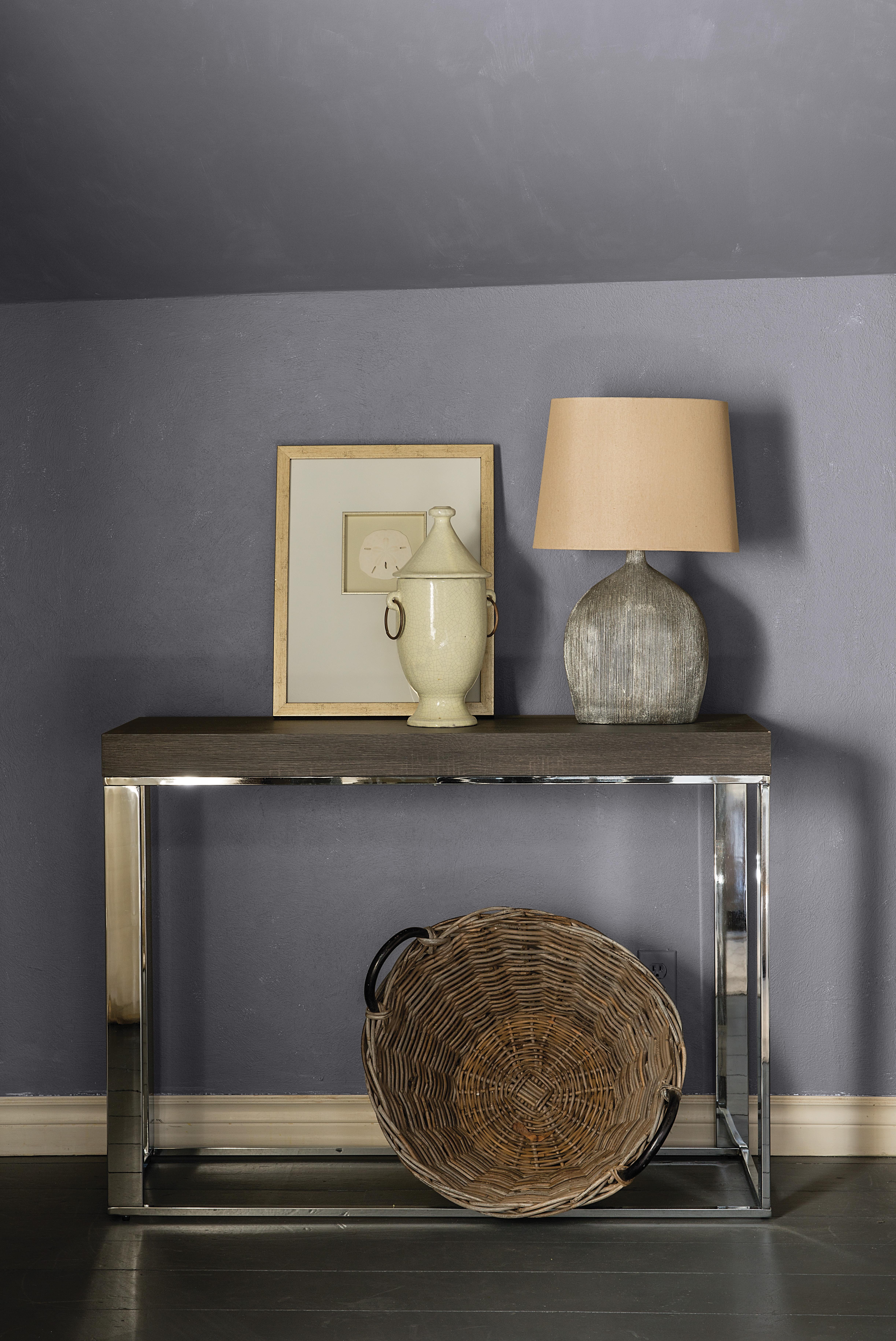

Leave a Reply